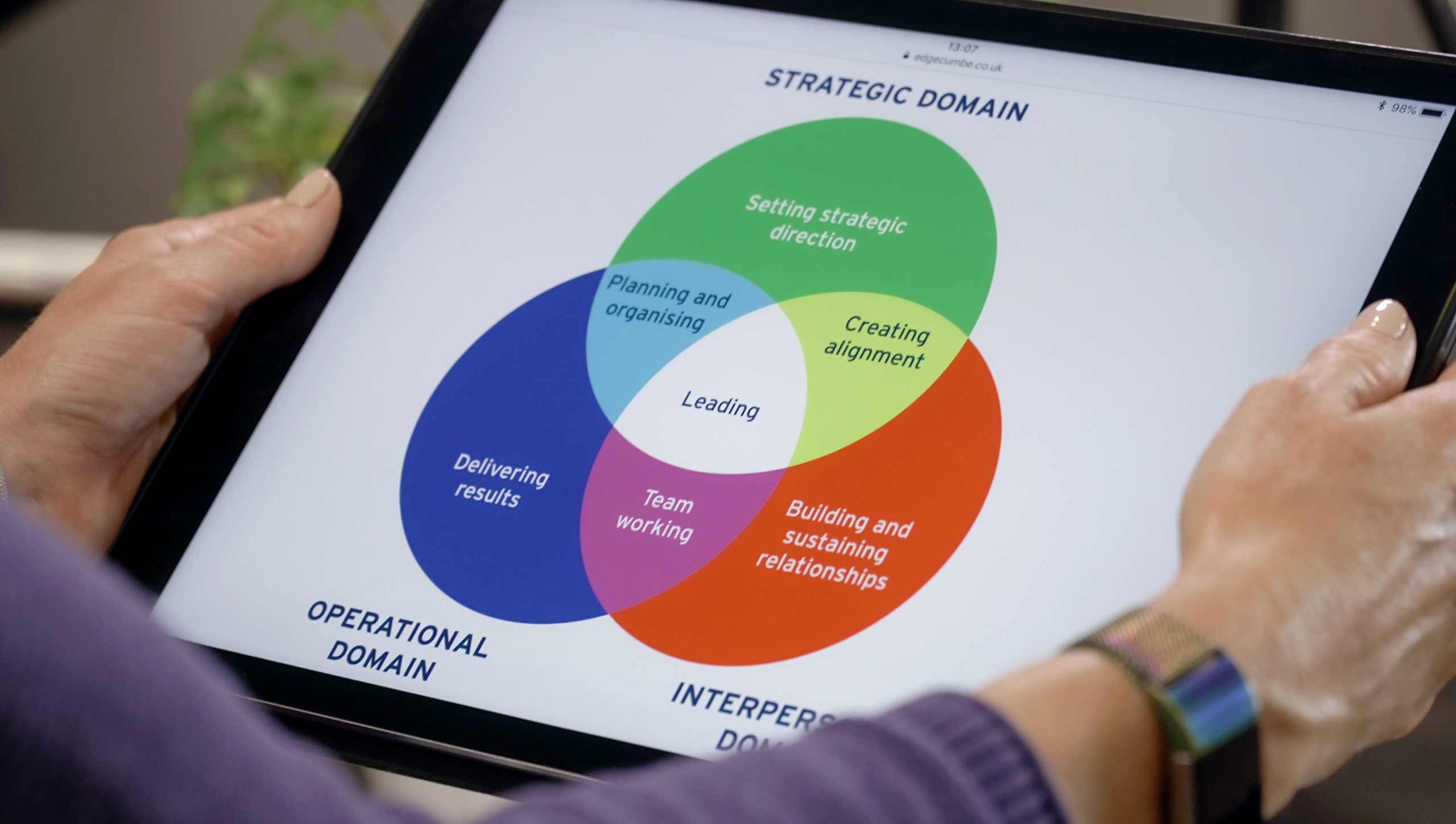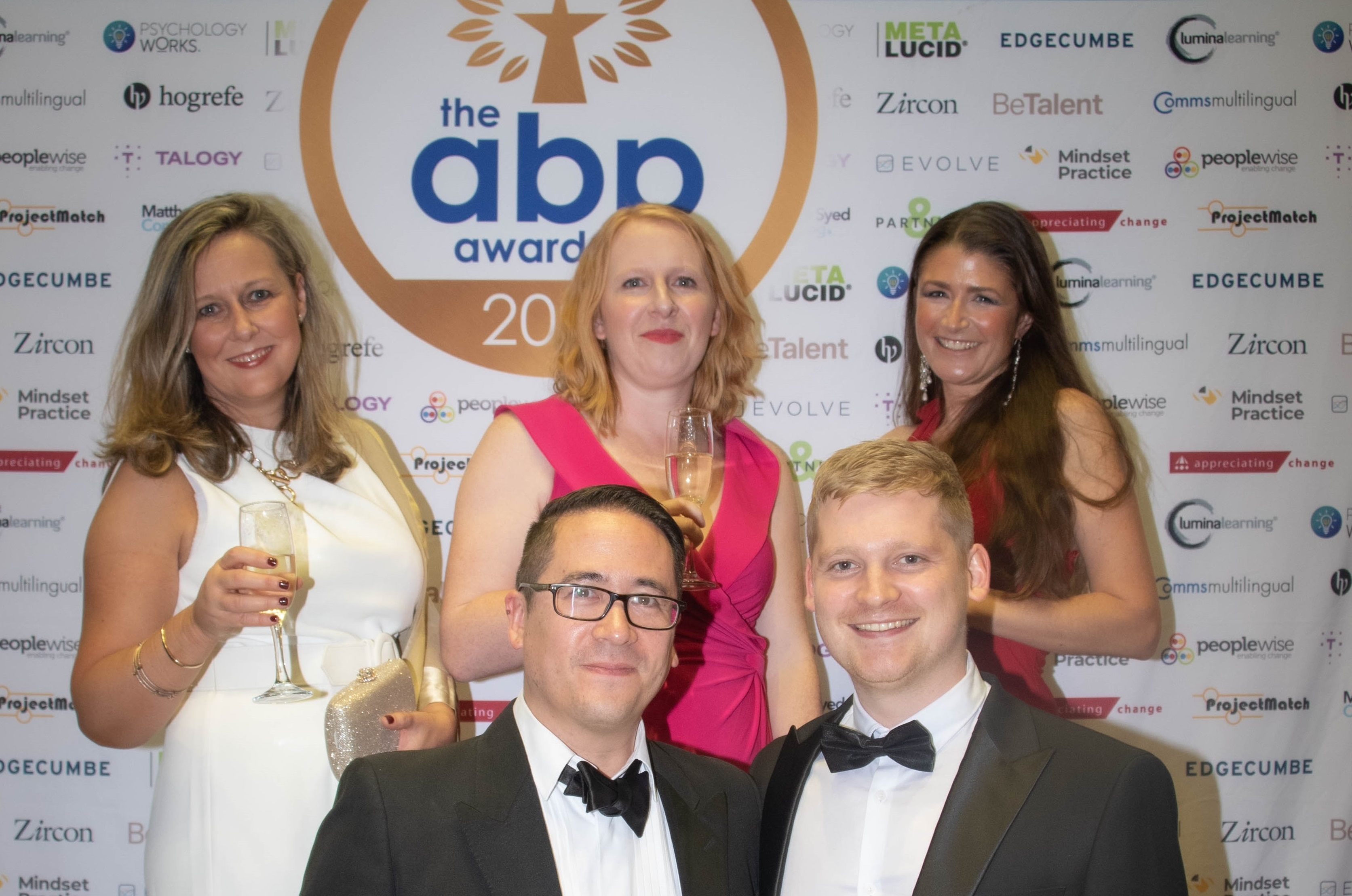An introduction to leadership styles
Winston Churchill, Steve Jobs, Genghis Khan, Jeff Bezos and the Pope. No, this isn’t the start of a terrible ‘Dad’ joke, but a brief example of how there is no ‘one size fits all’ approach to leadership. Great leaders differ significantly in their styles. Rosa Park’s approach differed to Martin Luther King’s, yet both are branded under the umbrella as being excellent at what they did. Lead. From the brutal authoritarian to the laissez-faire, there is a seat at the leadership table for all different styles, however it’s extremely important to understand which works best for you.
What’s the best leadership style?
Throughout our time at school we knew the teachers who were the funny ones, the nice ones and the scary ones. The best teachers understand how they can get the best out of their class by maximising their own leadership style. The scary teachers knew how to lay down the law if someone was misbehaving, while the nice teachers were perfect at giving advice and helping out if you were in need. However, those who struggled were the teachers without a specific style, or worse, the ones who tried to deviate from their own. When the nice teacher tries to switch to the scary teacher, it just doesn’t feel right, it’s confusing and consequently, the message never lands as intended. Acknowledging your unique strengths and using your bespoke leadership style will yield the best results.
The three domains of leadership – The Primary Colours® Model
Here at Edgecumbe, we champion the ‘incomplete leader’. The Primary Colours® Model of Leadership illustrates three domains with which leaders’ function and how it can be extremely detrimental to try and be ‘complete’. Consider the organisation as the body and a leader makes up one of three key components, the head, hands and heart. These are all of paramount importance for the organisational body to think, feel and do, but one leader cannot be all three without detriment to the other.
The days when a single individual, however gifted, can solve our problems are long gone (Warren G. Bennis)
Strategic domain
The strategic domain acts as the head of the organisation. It processes data and understands what is happening, looks forwards and creates plans on how to take on the future of the business. The most prominent task of the Strategic leader is ‘Setting Strategic Direction’ for the company. This leader has an exceptional understanding of the external environment and the context in which their organisation/ team is currently working. Without the strategic leader, the body won’t think ahead to potential hurdles, wont plan for the future which will inevitably result in competitors gaining a key advantage. Lee Iacocca saw that Chrysler might lose their ‘one-of-the-Big-Three-status’ in the 70s and pioneered the K-car and the minivan. His strategic thinking saved Chrysler and provided future direction for the company. Strategic leaders have a vision for the future, can paint a picture that appeals to people’s imagination and can align purpose and values for a clear mission moving forwards.
Interpersonal domain
The interpersonal domain is the heart of the organisation. The way that it feels to work for an organisation is set by its leadership. This leader is able to reach out to its people and appeal to them on an emotional level to commit to their ideas and plans. Teamworking is a key component of the interpersonal leadership style. These skills enable you to work with a wide range of individuals at varying levels of an organisation using empathy, understanding, diplomacy and tactful communication. This could also be likened to transformational leadership styles. Steve Jobs was an iconic interpersonal leader, he engaged his employees to think bigger and better and knew how to inspire them to go and create something that would change the world of technology.
Operational domain
The operational ‘hands’ on leader wants to get things done. Of course, all leaders want to achieve results, but the operational focus of this leader knows how to maximise proficiency to drive work through to completion. The hands are the hard edge part of the leadership body. They may be forceful, challenging and set high standards. Meticulous ‘Planning and Organising’ is a key task of the Operational domain, specifically the process of breaking down a task into individual objectives, tasks and timescales. They also appreciate the need for efficient teamworking in order to get things done. They provide clear instructions and those with a flair for method and management thrive under such leadership style. Lenin saw that Russia was suffering during the First World War. He didn’t rest on his laurels, he saw the opportunity and put plans in place to take his chance to overthrow the provisional government. Lenin’s ruthless approach to ‘Delivering Results’ and his pragmatism of planning enabled him to quickly engage others to join in his aspirations for his country.
How to identify my leadership style?
It’s clear to see that there is no one ‘correct’ leadership style to follow for success. The most effective leaders are those who can reflect on their personal, natural strengths and use these to inform their leadership style. As human beings we can do various things to a certain standard. In the same way ducks can swim, fly and walk we can all get to a point where we ‘get by’. The nice teacher can crack the whip if necessary, but they may not get the right message across. It’s important to build on the leadership style that works for you.
Here at Edgecumbe we urge leaders not to try and emulate the duck. We can help leaders better understand which leadership style works best for them and their personality while also looking at areas for development to move them to being considered a great leader, no matter what that looks like.
Enhance leadership with Edgecumbe and the Primary Colours® Model
Our team of highly experienced occupational psychologists have developed hundreds of teams at executive and management levels for over 20 years through leadership assessment and leadership team development initiatives, utilising robust 360 and psychometric tools, such as Primary Colours® in Practice, to combine invaluable personality and behavioural data to produce actionable insights.
Interested in learning more about how you could use our philosophy and tools in your organisation? Contact our team today!





















